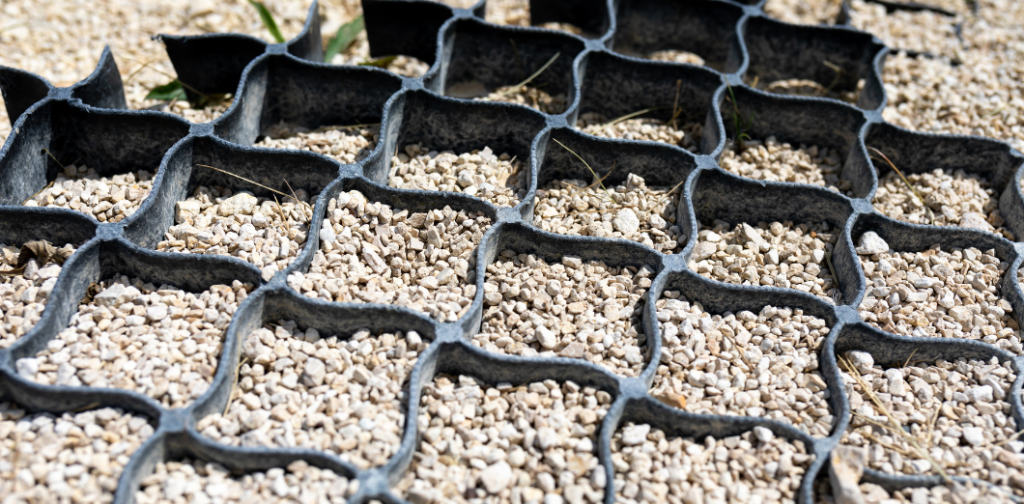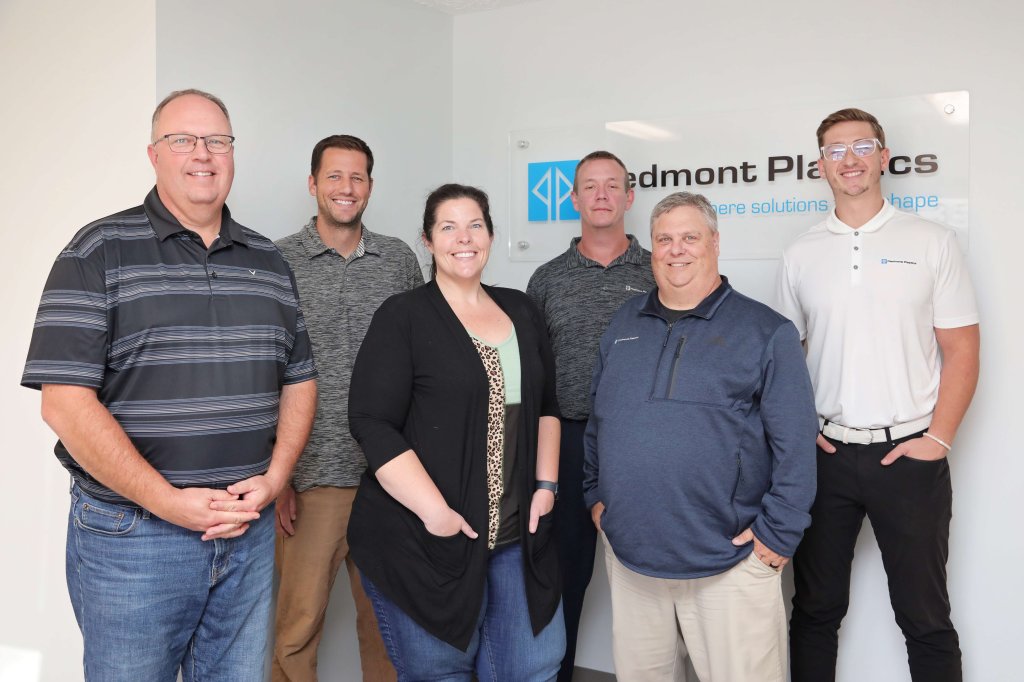Erosion is a persistent environmental challenge that affects various landscapes, particularly in regions undergoing construction, agricultural expansion, or land development. The displacement of soil caused by wind, water, or human activity can result in significant ecological damage, structural instability, and increased maintenance costs for infrastructure projects.
To mitigate the harmful effects of soil erosion, engineers and environmental planners have turned to advanced erosion control methods, including using plastic grids and mats. These materials provide effective solutions by stabilizing the soil, reinforcing the ground, and reducing surface runoff.


An Expert is just around the corner.
With over 100 years of combined product knowledge and industry experience, we are confident our plastics experts can help you find a solution for your application.
Why Erosion Control is More Important Than Ever
Erosion control is essential for preserving land integrity, preventing sediment displacement, and protecting fertile topsoil. Industries such as construction, transportation, and agriculture often face erosion challenges that, if ignored, can lead to costly repairs and environmental damage. Consequently, effective erosion control measures are necessary to help support ecosystems, stabilize roads and embankments, and ensure compliance with land use and conservation regulations.
Plastic-based erosion control products have become popular due to their robustness, resistance to environmental degradation, and flexibility. Unlike traditional solutions like natural fiber blankets, plastic grids, and mats offer long-term protection while maintaining structural integrity under high-stress conditions.
These innovative materials have changed soil stabilization by providing reliable, long-lasting solutions. Highly effective in areas prone to erosion, products like geogrids and erosion control mats reinforce soil, distribute weight loads, and encourage vegetation growth, even under extreme weather conditions.
Best Plastic Materials for Erosion Control Grids and Mats
Choosing the right plastic material for erosion control grids and mats is crucial for long-term durability and stability. High-performance plastics are commonly used due to their strength, flexibility, and resistance to environmental factors.
Below are the top materials for erosion control applications:
-
Polyethylene (PE)
Lightweight with high tensile strength, polyethylene is UV-resistant for long-term outdoor use, making it ideal for soil stabilization and slope protection.
-
Polypropylene (PP)
Highly flexible and impact-resistant, polypropylene is used in permeable paving grids for efficient water infiltration. It is also resistant to chemicals and mechanical stress, making it suitable for high-traffic areas.
-
Polyvinyl Chloride (PVC)
Commonly used in erosion barriers and sediment control systems, PVC is known for its exceptional water resistance and chemical stability. These properties make it particularly effective for water retention and soil reinforcement.
-
Composite Plastics (e.g., SEABOARD®, Endurabond®)
Engineered for heavy-duty erosion control applications, these plastics bring maximum strength and resistance to environmental degradation along with superior bonding capabilities for long-term soil stabilization.
Popular Applications for Plastic Erosion Control Products
Plastic erosion control products are designed to tackle specific erosion challenges across different terrains. One of the most effective solutions is geogrids, which reinforce soil by distributing weight evenly over unstable surfaces. These structured grids help prevent soil displacement on steep slopes, embankments, and road foundations. In addition, their interlocking design keeps soil compact, reducing the risk of landslides and sediment runoff.
Permeable paving grids offer a dual benefit: they strengthen the ground while allowing water to filter through. This strength makes them ideal for areas prone to surface runoff, as they minimize water buildup and help prevent flooding. By providing a stable foundation for vehicles and foot traffic, these grids preserve landscapes and prevent erosion caused by heavy rainfall.
Another key solution is erosion control mats, which function as a protective layer to keep soil in place against wind and water forces. Their porous structure supports vegetation growth, further stabilizing the soil over time. These mats are widely used on riverbanks, slopes, and embankments to prevent sediment loss and encourage natural restoration.
In high-impact areas like construction sites, drainage and and sediment control systems use plastic grids to manage water flow and reduce soil erosion. By directing water through controlled pathways, these systems help prevent soil degradation, improve retention, and minimize erosion-related damage.
Installation and Maintenance Considerations
The effectiveness of plastic erosion control solutions largely depends on proper installation and maintenance. Before installing plastic grids or mats, it is critical to clear the designated area of debris and ensure that the soil surface is properly graded. Failure to prepare the ground adequately may result in uneven distribution and decreased stability.
For best performance, erosion control mats should be securely anchored to the ground using stakes or earth anchors. Ensuring full contact between the mat and the soil is critical to preventing void spaces where erosion can occur. In areas with high water flow, added reinforcement measures may be necessary to maintain the stability of the erosion control system.
Regular maintenance is essential to prolonging the lifespan of plastic erosion control products. For this reason, periodic inspections should be conducted to check for signs of displacement, wear, or sediment buildup. Cleaning and repositioning the mats as needed will guarantee that they continue to function effectively over time.
Plastic vs. Natural Fiber Erosion Control Solutions
Plastic and natural fiber erosion control solutions help prevent soil displacement but vary in durability, longevity, and cost-effectiveness. Plastic-based solutions often provide longer-lasting protection, while natural fiber options decompose over time.
Here is a closer look at the key differences:
Durability & Longevity
Plastic erosion control products resist environmental degradation, making them ideal for long-term use. In contrast, natural fiber mats break down over time, requiring more frequent replacement.
Sustainability
Many plastic erosion control products are now made from recycled materials, and advancements in biodegradable plastics offer eco-friendly alternatives with reduced long-term impact.
Regulatory Compliance
Erosion control solutions must meet standards set by agencies like the Department of Transportation (DOT), the Federal Highway Administration (FHWA), and the American Society for Testing and Materials (ASTM). These regulations ensure safety, effectiveness, and suitability for large-scale infrastructure projects.
Looking Ahead
As the demand for sustainable erosion control solutions continues to grow, new advancements in plastic materials are shaping the industry's future. Innovations in biodegradable plastics, enhanced UV-resistant coatings, and smart erosion monitoring systems provide more efficient and environmentally friendly options.
By integrating data-driven erosion control technologies, engineers can also better predict and preventing soil erosion in real time. These technologies enable faster response times, improved resource management, and more sustainable project outcomes.
Need More Insights?
At Piedmont Plastics, we provide high-performance plastic grids and mats designed for effective erosion control. Our durable, easy-to-install, and cost-efficient solutions help industries protect land, prevent soil displacement, and meet environmental regulations. With expert guidance, we ensure you select the best materials—whether polyethylene, polypropylene, or advanced composites—to maximize stability and long-term performance.
Find Out More
Backed by decades of experience, we offer customized solutions, premium materials, and reliable supply support to keep your projects running smoothly. As plastic engineering evolves, so do our innovative, sustainable erosion control options. Contact us to find the right solution for your needs!
Get In Touch
